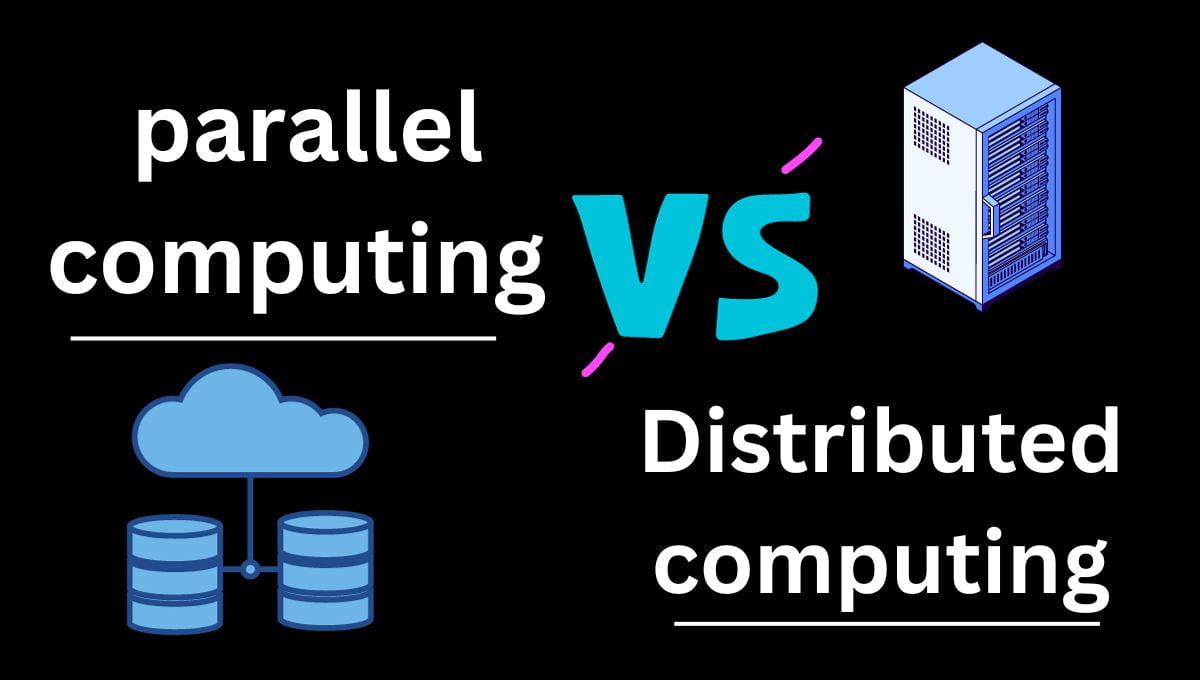CLOUD COMPUTING
What is Parallel Computing in Cloud Computing?

Cloud computing has become the backbone of numerous technological advancements. One of the most intriguing aspects of cloud computing is parallel computing. This article aims to unravel the concept of parallel computing in the context of cloud computing, explaining its significance, benefits, and applications.
Introduction to Cloud Computing
Cloud computing is a technology that allows organizations and individuals to access and use computing resources over the internet. These resources include servers, storage, databases, networking, software, analytics, and more. Cloud computing offers scalability, flexibility, and cost-efficiency, making it an essential component of modern IT infrastructures.
Understanding Parallel Computing
Parallel computing refers to the simultaneous execution of multiple tasks or processes to solve a problem more efficiently. Instead of relying on a single processor to handle a task, parallel computing divides the task into smaller sub-tasks that can be processed simultaneously, significantly reducing processing time.
parallel computing breaks down large computational problems into smaller, independent tasks. These tasks are then distributed and executed concurrently across multiple processors, cores, or even entire computers. This can be done within a single server, across multiple servers in a datacenter, or even across geographically distributed cloud instances.
Benefits of Parallel Computing in the Cloud
- Faster Results: By harnessing the combined power of multiple resources, parallel computing can dramatically accelerate processing times for complex tasks like scientific simulations, financial modeling, and video rendering.
- Cost-effectiveness: You only pay for the resources you use, allowing you to scale your computing power up or down as needed. This can be much more cost-effective than buying and maintaining your own high-performance computing infrastructure.
- Scalability: Cloud resources are inherently scalable, so you can easily add more processing power when your tasks demand it. This eliminates the limitations of fixed-hardware solutions.
- Flexibility: You can choose from various cloud providers and resource types to optimize your parallel computing workloads for cost, performance, and specific needs.
Types of Parallel Computing in the Cloud
There are several ways to leverage parallel computing in the cloud, each suited for different types of problems:
- Data Parallelism: Divides large datasets into smaller chunks and processes them simultaneously on different resources.
- Task Parallelism: Breaks down a single task into independent subtasks and executes them concurrently.
- Hybrid Parallelism: Combines data and task parallelism for even greater efficiency.
Cloud Platforms Supporting Parallel Computing
Major cloud providers like Amazon Web Services (AWS), Microsoft Azure, and Google Cloud Platform (GCP) offer various services and tools for parallel computing:
- AWS: Elastic Compute Cloud (EC2), Lambda, Batch, ParallelCluster
- Azure: Virtual Machines, Batch, HDInsight, Databricks
- GCP: Compute Engine, Cloud Functions, Kubernetes Engine, AI Platform
Conclusion
Parallel computing in cloud computing is a game-changer for organizations seeking to harness the full potential of the cloud. Its ability to deliver high performance, scalability, and cost efficiency makes it a valuable tool in various industries. Embracing parallel computing can propel businesses into a new era of computational power.
FAQs on Parallel Computing in Cloud Computing
1. What is the primary advantage of parallel computing in the cloud?
(A) The primary advantage is improved processing speed and performance, allowing complex tasks to be completed faster.
2. Are there any security concerns with parallel computing in the cloud?
(A) Yes, security is a concern, and it requires robust measures such as encryption and access control to mitigate risks.
3. How does parallelism differ from concurrency in cloud computing?
(A) Parallelism involves simultaneous execution, while concurrency deals with interleaved execution of multiple tasks.
4. Can parallel computing in the cloud be cost-effective?
(A) Yes, it can significantly reduce operational costs by optimizing resource utilization.
5. What are some popular parallel computing frameworks in the cloud?
(A) Popular frameworks include Apache Hadoop and Apache Spark, which simplify the development of parallel applications.

 FUNDAMENTAL1 year ago
FUNDAMENTAL1 year agoHow Cloud Computing Improving Customer Service Processes

 FUNDAMENTAL5 months ago
FUNDAMENTAL5 months agoWhat is cloud computing? A Comprehensive Guide

 CLOUD COMPUTING2 months ago
CLOUD COMPUTING2 months agoWhat Is Vlan and VSAN In Cloud Computing?

 FUNDAMENTAL2 months ago
FUNDAMENTAL2 months agoHow can Cloud Technology Help Small Businesses ?

 FUNDAMENTAL5 months ago
FUNDAMENTAL5 months agoEvolution of Cloud Computing : A Well-Explained

 FUNDAMENTAL2 months ago
FUNDAMENTAL2 months agoIaaS PaaS and SaaS in cloud computing

 CLOUD COMPUTING2 months ago
CLOUD COMPUTING2 months agocloud bursting in cloud computing

 FUNDAMENTAL2 months ago
FUNDAMENTAL2 months agoWhich is a fundamental attribute of cloud computing?
















